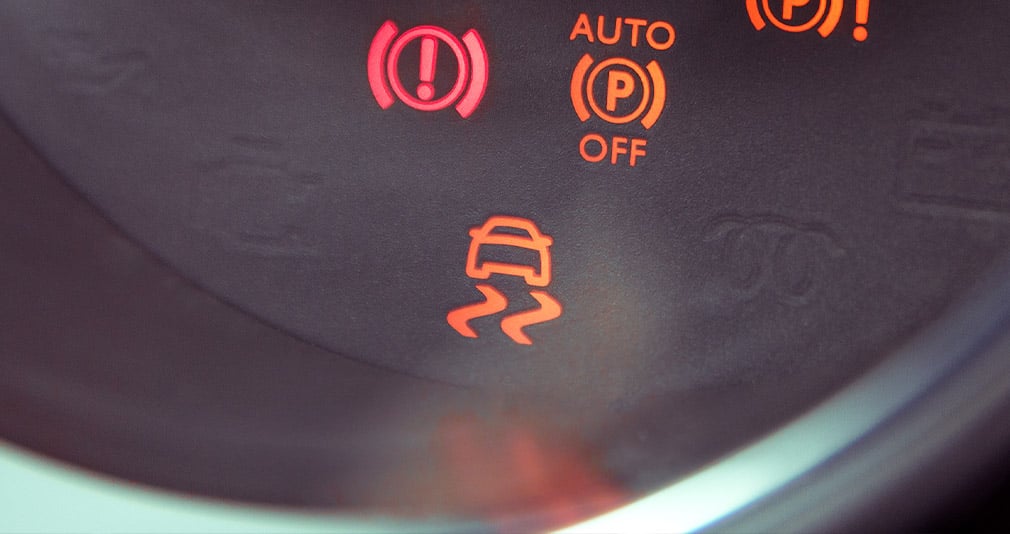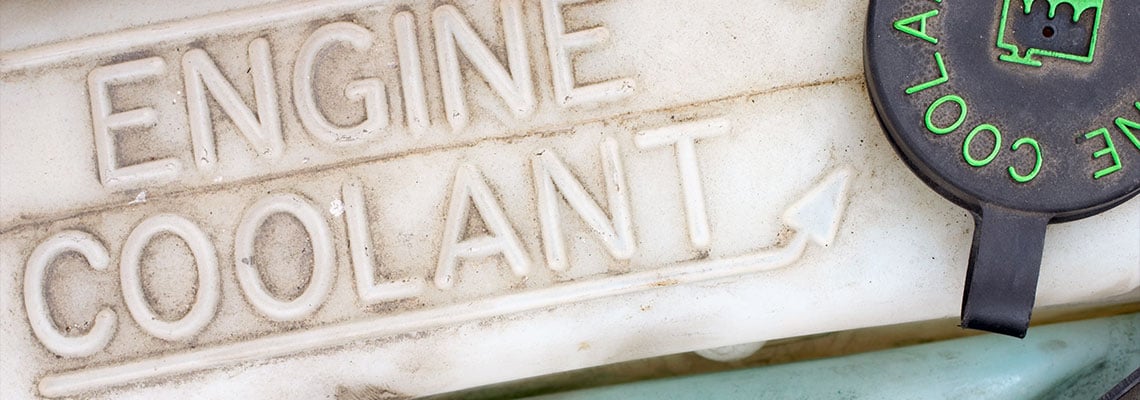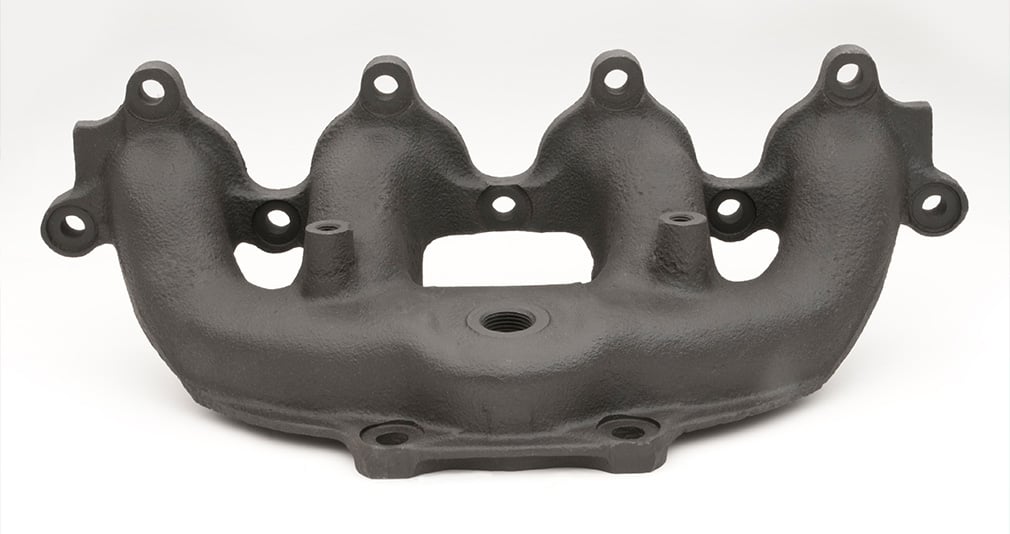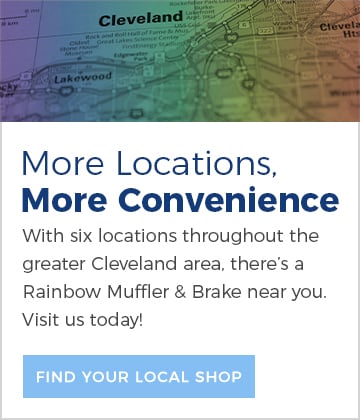Keeping your vehicle running smoothly for the long haul depends on providing proper car maintenance. Sometimes, you might think you’re doing the right thing for your vehicle, but it turns out that what you’re doing could actually be causing harm to your car. Or, even if you’re not doing any damage, maybe you’re spending money unnecessarily.
There are plenty of car maintenance myths out there that might have made sense at one time, but now automotive technology has made them irrelevant. And there are other myths that have never been true but somehow gained traction along the way.
Let’s look at 10 of the top car maintenance myths, some car maintenance tips and the truth about car repair and maintenance that you need to know to keep your vehicle in great shape.
Myth No. 1: You should inflate your tires to the PSI listed on the sidewall.
This might have happened to you: Your car’s “low tire” light comes on and you pull into a gas station to get air, but you’re not sure what the proper tire pressure should be. The PSI printed on the sidewall is different than the label inside your car door that lists the manufacturer’s recommendation. So what should you do?
In this situation, always go with the manufacturer’s recommendation. The PSI on the sidewall is the maximum pressure the tire is designed to handle, but that doesn’t mean it’s right for your vehicle. Car manufacturers have calculated what PSI will give you the best ride, handling and fuel economy based on that specific vehicle's capabilities and design.
Myth No. 2: You should change your oil every 3,000 miles.
Knowing when to change the oil can get confusing, since many auto shops will say it’s something you must do every 3,000 miles. However, that’s more than your car requires; most owner’s manuals recommend changing it much less frequently than that—more like every 5,000 to 7,500 miles. And, if you switch to synthetic oils, they’re going to last as long as 25,000 miles before needing a change.
Again, check what your car's manufacturer says before you spring for an oil change.
Myth No. 3: Higher octane gas will make your car run better.
Better fuel, better performance, right? Not necessarily. Unless your owner’s manual specifies that you need to use premium fuel, you’re wasting money on it. Regular octane is recommended for most cars, although sports cars and some luxury cars require mid-grade or premium gasoline.
Myth No. 4: You need to warm up your car up before you drive it.
Here’s a wintertime myth that could be costing you money in the long run. While this was necessary when cars had carbureted engines and needed a good ratio of air and fuel to operate, those engines disappeared about the same time as eight-track tape players. Today, letting your engine idle in cold weather can do more harm than good and can lead to worn piston rings and cylinder liners. Your car will warm up faster when it’s moving, so all you need are a few seconds before you hit the road.
Get $30 Off 8-Cylinder Tune-Ups & More. click here to check out our discounts and coupons.
Myth No. 5: Your car warranty isn’t any good if you don’t use your dealership for maintenance.
If you’ve ever wanted to get your car serviced at a shop other than your dealership, but were afraid it would void the warranty, you’re not alone. While your dealership might have implied this was true when you bought the car, that would be illegal, and your warranty is good through the expiration date—regardless of where you have it serviced.
As long as the repairs are done properly, it doesn’t matter where the services are performed.
Myth No. 6: Transmission fluid should be flushed every 50,000 miles.
This may be true for some cars, such as those that are driven daily for several miles in stop-and-go traffic or older model cars. Follow your owner’s manual on this one, since manual and automatic transmissions have different needs. But the cars rolling off the assembly line today typically don’t need fresh transmission fluid for at least 100,000 miles.
Myth No. 7: You should replace all your tires at the same time.
You take your car in needing one new tire and end up with four new ones. Was that really necessary? It depends on those other three tires.
If you have one damaged tire and the treads are still good on the other three, you don’t need four new tires. However, make sure the new tire you buy is the same model, size and tread pattern as the other three and always make sure the new tire goes on the rear.
Myth No. 8: You shouldn’t start your car with the air conditioner on.
There was a time when this was true, because accessories like the air conditioner put a significant power drain on the engine during startup. However, now that only applies to older cars: since 2007, cars are designed in such a way that most accessories will shut off automatically (and temporarily) when the starter is engaged to keep from drawing power. So while you won’t cause any harm by switching off the A/C before you turn the key or push the button, it’s an extra step that you don’t need to take.
Myth No. 9: You don’t need snow tires if you have four-wheel drive.
While those Cleveland winters are a distant memory during this time of the year, it won’t be long until they return. And if you’ve believed the myth that you don’t need snow tires for your four-wheel drive vehicle, we have some news for you.
Snow or winter tires provide a level of traction that regular tires don’t have, so even though your vehicle can climb hills and tear through rocks all summer long, make sure you put on the snow tires when winter rears its white, snowy head.
Myth No. 10: Your car’s air conditioning makes the engine work harder, so you should roll down the windows to get better gas mileage.
Yes, your car’s air conditioner makes your engine work harder, and that affects fuel economy. But does that mean you should roll down the windows and save some money? As it turns out, it doesn’t really work that way.
While you might save a bit on fuel economy by lowering the windows while driving on city streets, once you hit highway speeds, you’re creating a different kind of drag on the engine. Those lowered windows create more resistance and tests have shown that, once on the highway, there’s virtually no difference in fuel economy between A/C and nature’s cooling system. And, just for the record, in the middle of summer, the air from your A/C is a whole lot cooler than what’s coming in from outside, so you might as well keep your cool.
Knowing which of these car maintenance tips are actually car maintenance myths can keep you from making some common automotive mistakes—and will keep your vehicle running great between tune-ups. For more myth-busting tips on how to extend the life of your car, download our free Maintenance E-book below:












